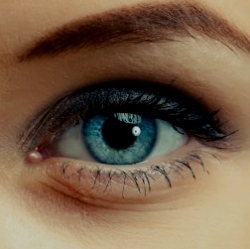
WebVR is an open specification that makes it possible to experience VR in your browser. The goal is to make it easier for everyone to get into VR, no matter what device you have. You need two things to experience WebVR: a headset and a compatible browser. The easiest way to get started is with a basic headset like Google Cardboard.
Just drop your phone in and you’re ready to go. You can also use your phone with more advanced headsets like Samsung Gear VR and Google Daydream.
PC For the best performance and most features, you can use a VR headset connected to a computer, like Oculus Rift or HTC VIVE. Those will allow for higher framerates, higher resolutions, and even let you walk around in VR.
Laptop or phone Or, on some sites, you can just use your computer or phone without a headset. You won’t be able to see in 3D or interact as fully in most VR worlds, but you can still look around in 360 degrees.
WebVR presents a glimmer of hope for the mainstream adoption of VR and augmented reality (AR).
WebVR is a Javascript API for rendering 3D graphics within a browser. This means that if you entered a link in the browser for a 3D website, you would find yourself in a 3D space with your computer browser or a VR headset. WebVR is a low-barrier entry point to develop VR for the web without having to be familiar with WebGL, which can be frustrating for beginners to grasp.
WebVR is a “code once, work on multi-platforms” answer to VR.
Over a million creators are sharing their 3D models on Sketchfab’s 3D/VR art community platform. Virtuleap also organized the first global WebVR hackathon.
